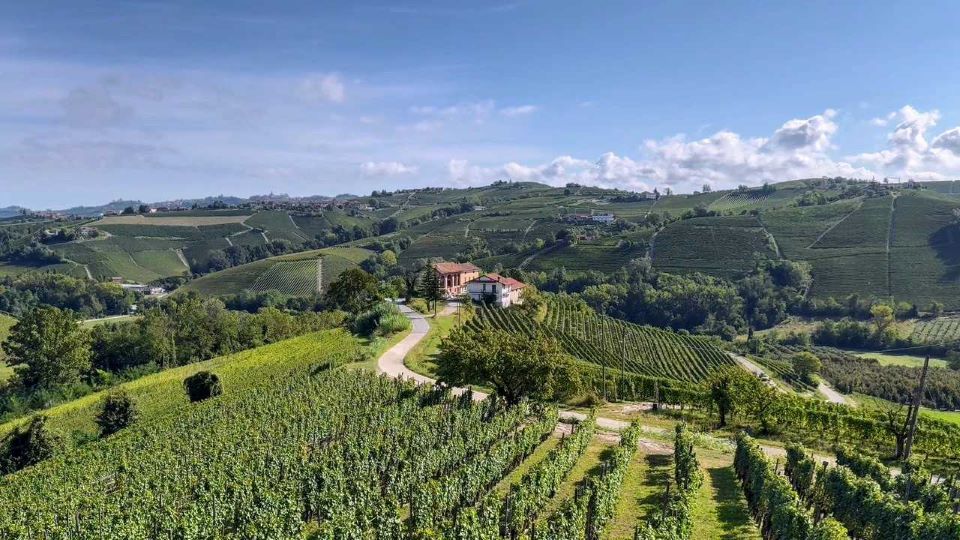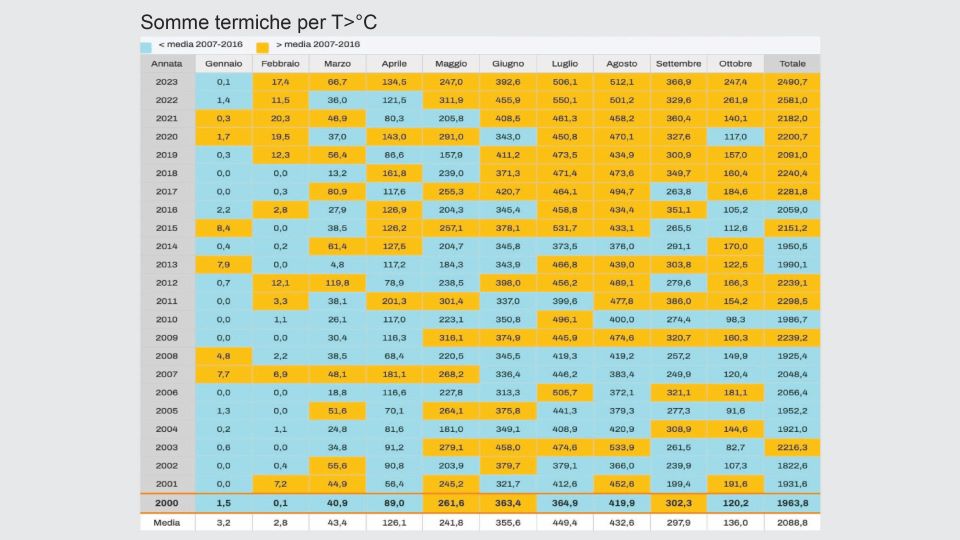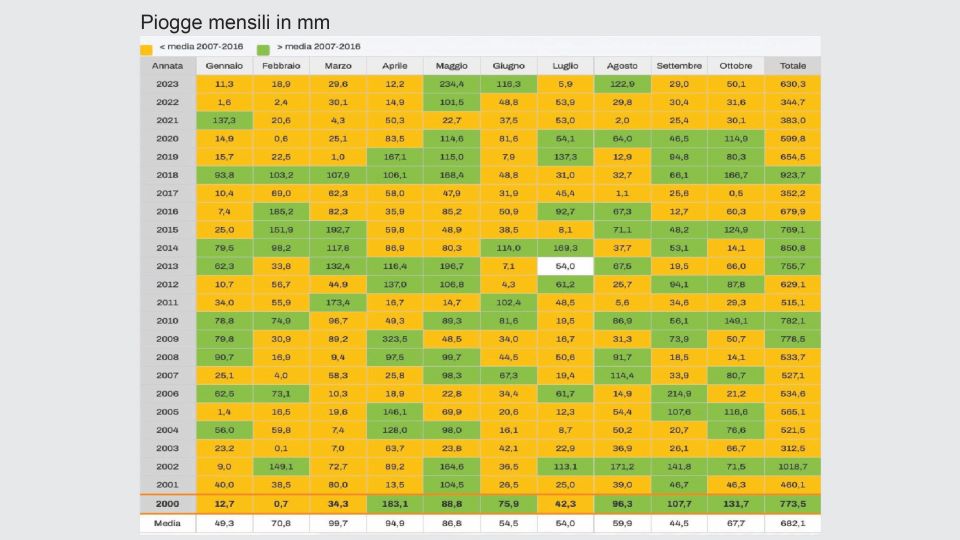Browse using the new Vinous website now. Launch →
Printed by, and for the sole use of . All rights reserved © 2015 Vinous Media
2020 Barolo: Part Two
BY ANTONIO GALLONI | SEPTEMBER 24, 2024
This update rounds up our Barolo coverage for 2024, the majority of which was published earlier in the year. As usual, my early fall report focuses on wines that were bottled this past summer, along with several emerging estates that are new to our pages.
The 2020 Barolos Redux
Readers may want to look back at my article, 2020 Barolo: Selective Excellence, published in January 2024, for a blow-by-blow account of the 2020 growing season and wines. My opinion of 2020 has not changed since then. I see 2020 as a very good, if somewhat variable, vintage. There aren’t too many wines that truly ascend into the stratosphere. At the same time, many of the entry-level Barolos, which are increasingly being bottled with village designations, are flat-out delicious and ideal for near to medium-term drinking.
It has become common to hear that 2019-2020-2021 are like 1999-2000-2001. That has a ring to it, I must say. If it were only so easy. Serious Nebbiolo lovers will find this comparison overly simple and superficial. The late 1990s and early 2000s were a period where many growers sought to make powerful, concentrated wines through yields that today are considered abnormally low and heavy extractions in the cellar that have pretty much been abandoned. The overwhelming majority of classically leaning producers had given their wines greater finesse than in the past when so many Barolos were massively tannic and unapproachable in their youth, something that is rarely the case today.

A view of Monforte from Ca’ di Press just before harvest 2024.
The 1999s were powerful, dense, very tannic young Barolos. The 2019s, on the other hand, are much more translucent and elegant. Even if many young 2019s show some austerity at this stage–we are talking Barolo, after all–they also show greater refinement than the 1999s did at the same period in their lives. Two thousand was a special vintage for Piedmont. The vintage was awarded 100 points by Wine Spectator, which brought considerable attention to the region. I was living in Italy at the time, and the vintage rating was the subject of much debate. I never shared the same enthusiasm about 2000, but that rating created a lot of buzz that Piedmont benefitted from tremendously. At the time, 2000 was considered a warm, dry year. By today’s standards, it would be considered on the cooler side, a reminder of how much things have changed over the last two decades. In 2000, rainfall was higher than vintages 2019-2022, while temperatures, as measured by heat summation, were lower than vintages 2017 through 2022.
Heat summation data and annual rainfall for vintages 2000
through 2022, from Alessandro Masnaghetti’s Barolo 360 website, puts 2020 into
context with present-day vintages. Used with permission. © Alessandro Masnaghetti
Editore.
In that era, hot years were considered the better years. Producers accompanied those conditions by de-leafing, green harvesting and basically looking to coax as much intensity from the fruit as possible. Today, facing warm conditions, most producers will do the exact opposite to soften the impact of warm, dry conditions.
Twenty years ago, my favorite of the three vintages was 2001, followed by 1999 and then 2000. Nothing has really changed. I found 2001 the most harmonious and well-balanced of the three years, although I had, and continue to have, a soft spot for the best 1999s. It’s too soon to have a clear view of 2021, but what I have tasted so far looks good.
I tasted most of the wines in this report in Piedmont in September 2024.
© 2024, Vinous. No portion of this article may be copied, shared or re-distributed without prior consent from Vinous. Doing so is not only a violation of our copyright, but also threatens the survival of independent wine criticism.
You Might Also Enjoy
2020 Barolo: Selective Excellence, Antonio Galloni, January 2024
2019 Barolo: Back on Track, Antonio Galloni, January 2023
The 2018 Barolos, Part 2, Antonio Galloni, October 2022
The Enigma of 2018 Barolo, Antonio Galloni, February 2022
Show all the wines (sorted by score)
- Alessandro e Gian Natale Fantino
- Arnaldo Rivera
- Benevelli
- Bovio
- Brangero
- Bruna Grimaldi
- Ca’ di Press
- Cantina del Nebbiolo
- Ca’ Rome’
- Cascina Fontana
- Cascina Penna-Currado
- Ciabot Berton
- Coppo
- Cristian Boffa
- Diego Conterno
- Enzo Boglietti
- Ettore Germano
- Francesco Rinaldi
- Fratelli Seghesio
- Giovanni Manzone
- Giovanni Rosso
- Giuseppe Mascarello & Figlio
- Luigi Vico
- Monchiero
- Paolo Giordano
- Ratti
- Réva
- Tenuta Cucco
- Vite Colte
- Voerzio Martini


